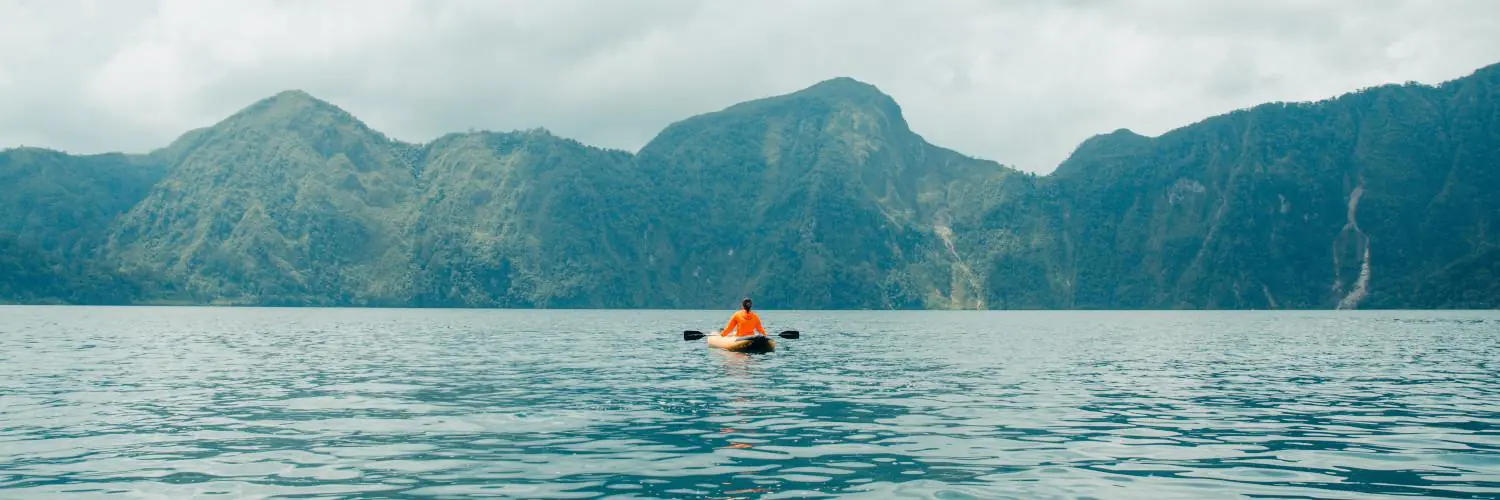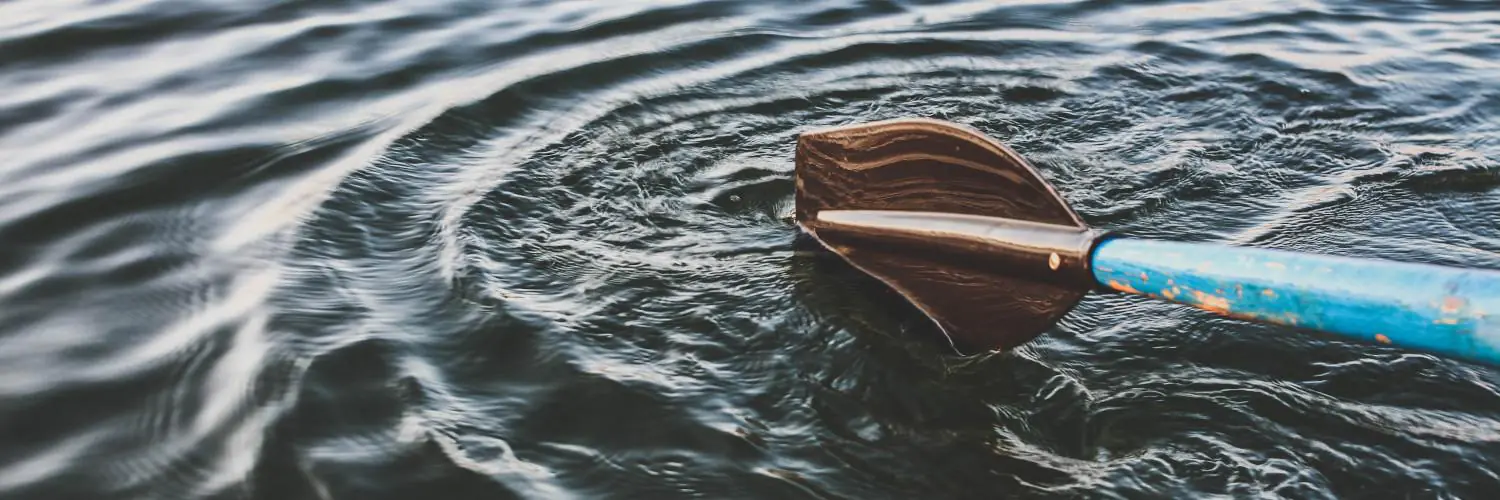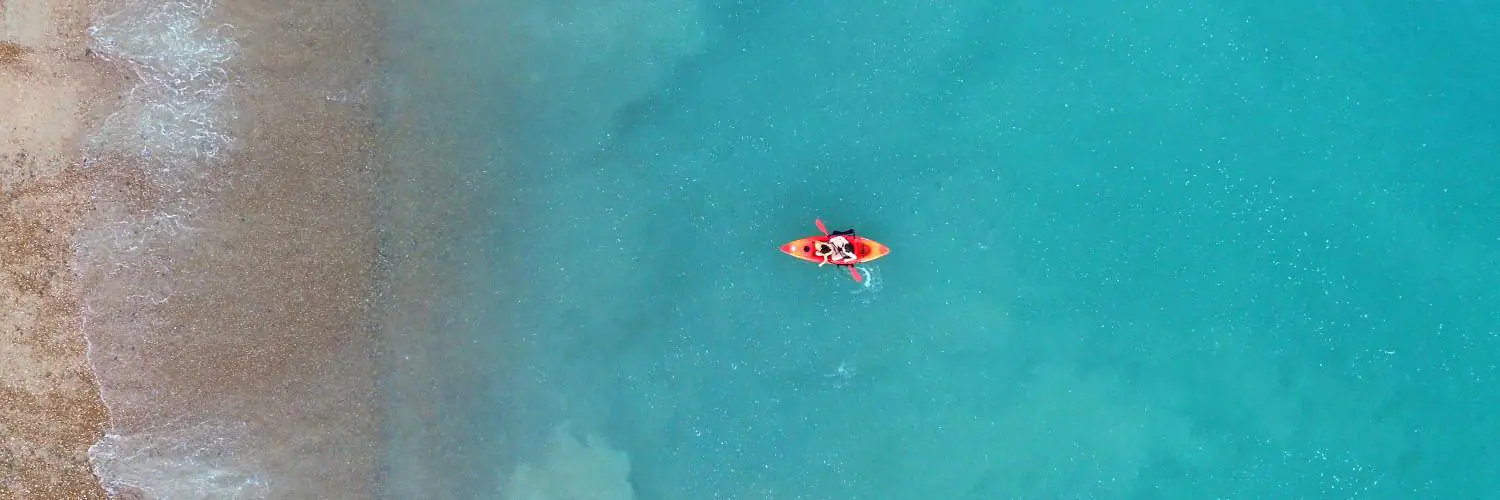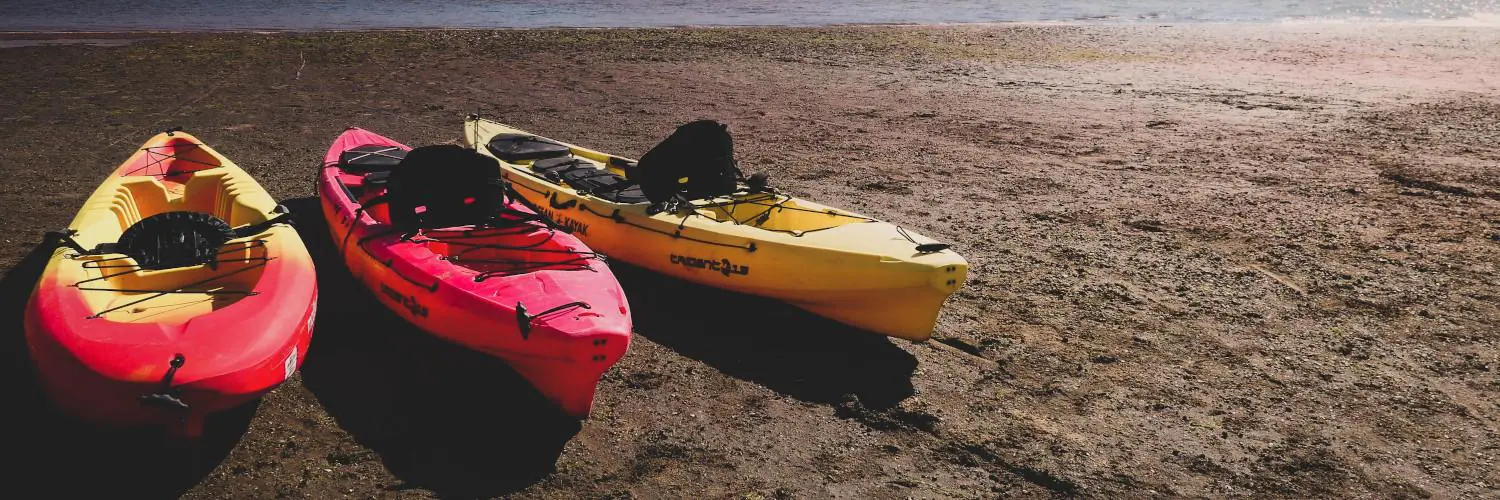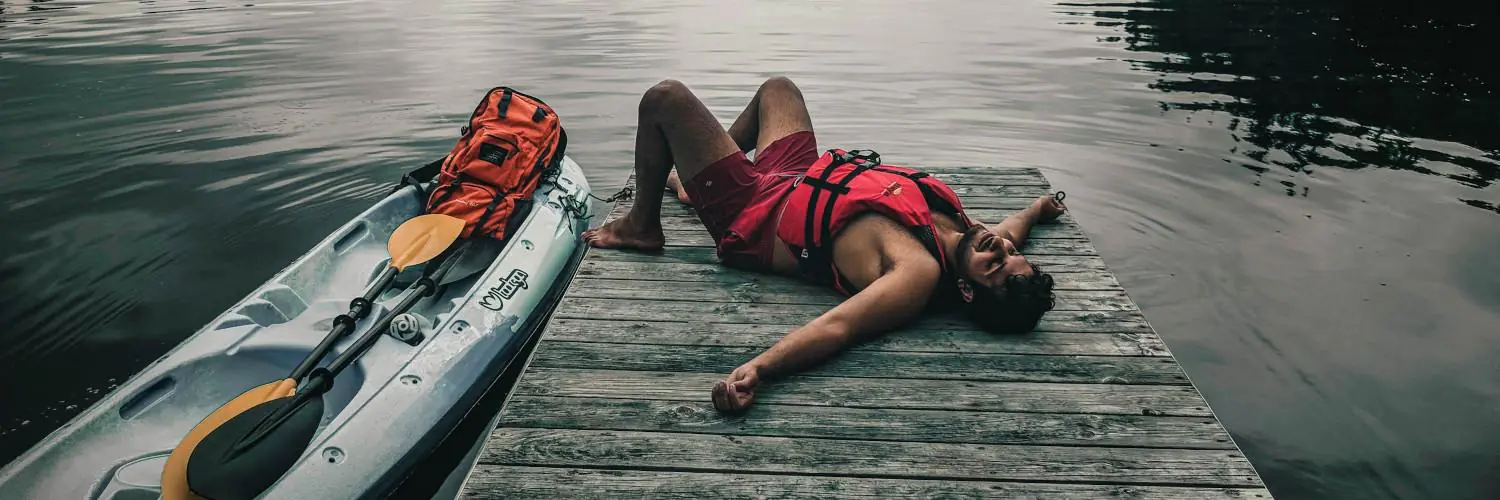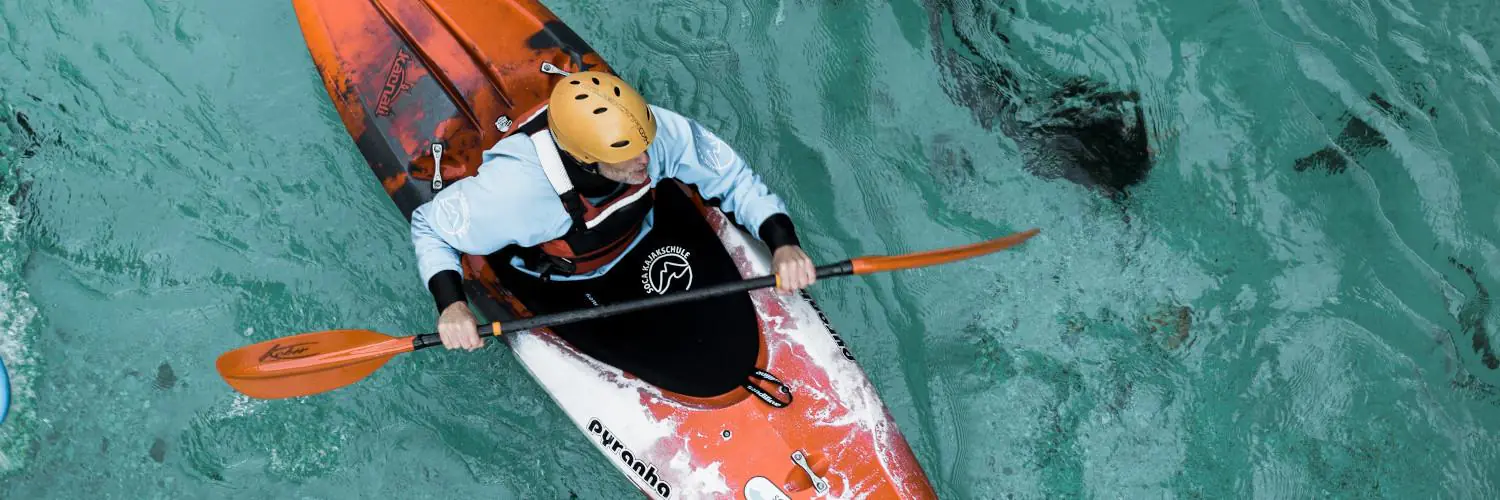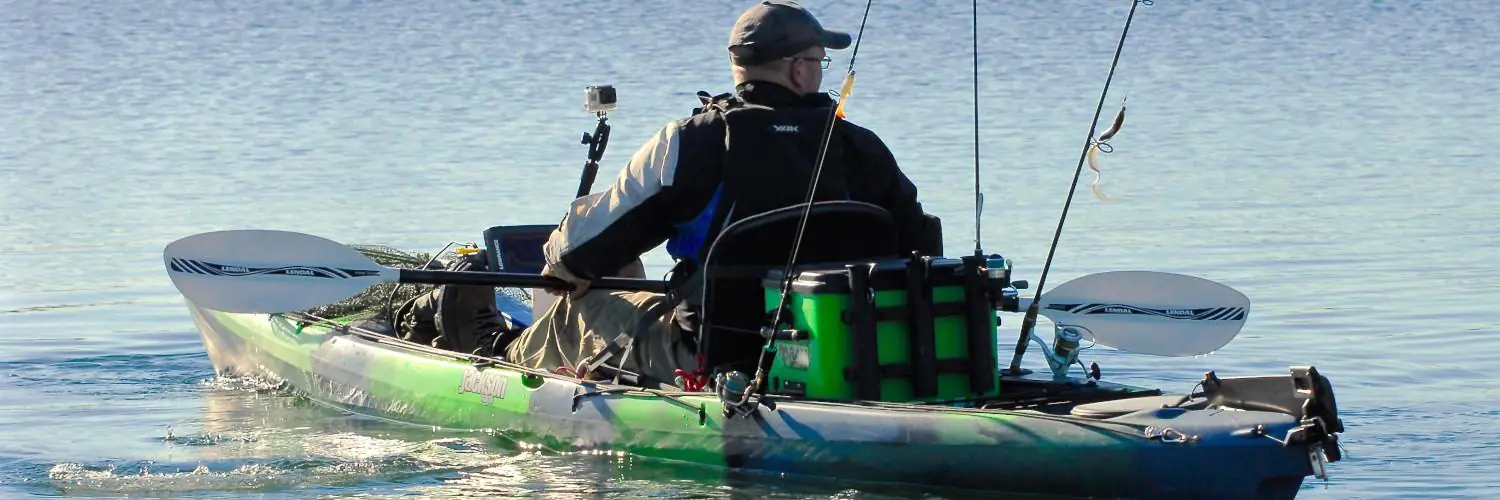Kayak bass fishing has become a popular way for anglers to enjoy the thrill of catching fish while exploring waterways. This exciting sport combines the stealth of kayaking with the challenge of bass fishing. Kayaks allow anglers to access hard-to-reach fishing spots that larger boats can’t reach, giving them an edge in finding big bass.
Kayak bass fishing offers a unique fishing adventure. Anglers can quietly glide through shallow waters and tight spaces, getting closer to where the fish are hiding. This method of fishing is also eco-friendly, as kayaks don’t disturb the natural habitat like motorized boats do.
Many anglers enjoy the simplicity and affordability of kayak bass fishing. With just a kayak, rod, and some basic gear, anyone can start catching bass in their local waters. Kayak fishing also provides a great workout, combining paddling with casting and reeling in fish.
Table of Contents
Choosing the Right Kayak for Bass Fishing
Picking the best kayak for bass fishing impacts your success and enjoyment on the water. Key factors to consider include kayak style, stability, weight capacity, and storage space for gear.
Sit-On-Top vs Sit-In Kayaks
Sit-on-top kayaks are popular for bass fishing. They offer easy entry and exit. Anglers can move around freely and even stand up to cast.
Sit-in kayaks provide better protection from water and wind. They work well in colder conditions. However, they limit movement and make it harder to access gear.
For most bass anglers, sit-on-top models are the top choice. They allow for a wider range of fishing techniques and positions.
Kayak Stability and Weight Capacity
A stable kayak is crucial for bass fishing. Look for models with a wide, flat hull. This design helps prevent tipping when casting or reeling in fish.
Weight capacity matters too. Choose a kayak that can support you plus all your gear. A good rule is to pick one rated for at least 100 pounds more than you need.
Some kayaks let you stand and fish. These have extra-wide hulls for maximum stability. Test different models to find one that feels secure for your fishing style.
Storage Options and Fishing Gear Accommodations
Bass fishing requires lots of gear. Pick a kayak with ample storage space. Look for models with waterproof hatches, tank wells, and bungee cords.
Rod holders are a must-have feature. Most fishing kayaks come with built-in holders. Some have tracks for adding more accessories.
A comfortable seat is key for long days on the water. Many bass fishing kayaks have adjustable, padded seats. Some even have stadium-style seats for better visibility.
Check for spots to mount fish finders and other electronics. Some kayaks have pre-wired systems for easy installation.
Essential Gear for Kayak Bass Fishing
Kayak bass fishing needs the right gear for success. The right tools make fishing easier and more fun.
Rod and Reel Selection
Pick a rod that fits your kayak. A 6 to 7-foot medium-heavy rod works well. It’s long enough to cast but short enough for tight spaces.
Spinning reels are good for beginners. They’re easy to use and don’t tangle much. Baitcasting reels give more control but take practice.
Match your reel to your rod. A 2500 to 3000 size reel fits most kayak rods. Use 10 to 15-pound line for most bass fishing.
Tackle and Lures
Pack a mix of lures for different waters. Soft plastics like worms and creatures are must-haves. They work in many spots.
Spinnerbaits are good for cloudy days or muddy water. Topwater lures work well in the early morning or late evening.
Bring a small tackle box. Space is tight on a kayak. Choose a waterproof box to keep your gear dry.
• Soft plastics • Spinnerbaits • Topwater lures • Jigs • Crankbaits
Safety Equipment
A personal flotation device (PFD) is a must. Wear it at all times. Pick one made for fishing with pockets for tools.
Polarized sunglasses help you see fish and avoid glare. They also protect your eyes from hooks.
Bring a whistle and a flashlight. They help others find you in an emergency. A first-aid kit is also smart to have.
Don’t forget sun protection. Use sunscreen, a hat, and long sleeves. Sunburn can ruin a fishing trip.
Advanced Paddling and Fishing Techniques
Mastering advanced techniques can greatly improve your kayak bass fishing success. These skills help you navigate waters more effectively and catch more fish.
Casting Techniques for Precision
Accurate casting is key for kayak bass fishing. Practice sidearm casts to get your lure under low-hanging branches. Use roll casts to place your bait in tight spots without spooking fish. For long-distance casting, try the double haul technique. This adds line speed and distance to your cast.
Flipping and pitching are useful for dropping lures close to cover. To flip, hold the lure in one hand and use a pendulum motion to place it quietly. Pitching involves a similar motion but with a longer drop. Both methods help you put the lure exactly where bass hide.
Practice these techniques often. Start in open areas before moving to more challenging spots.
Utilizing Underwater Structures
Bass love to hide near underwater structures. Learn to read your fish finder to spot these areas. Look for drop-offs, ledges, and submerged logs or rocks.
When you find a structure, approach it quietly. Cast past the structure and retrieve your lure through the target area. Try different angles to cover all sides of the structure.
Use weedless lures to fish in heavy cover without getting snagged. Jigs and Texas-rigged soft plastics work well for probing dense vegetation or wood.
Keep a mental map of productive structures. Return to these spots at different times of day to increase your chances of success.
Maneuvering Your Kayak in Various Water Conditions
Proper kayak control is crucial for effective fishing. In calm water, use a j-stroke to keep your kayak on a straight path. This reduces noise and helps you sneak up on fish.
For windy conditions, learn to use your paddle as an anchor. Stick it in the water on the upwind side to hold your position. In currents, angle your kayak slightly upstream to maintain control.
Practice turning your kayak quickly and quietly. Use sweep strokes to spin in place without moving forward. This helps you adjust your position for the perfect cast.
For hands-free maneuvering, consider adding a pedal drive or trolling motor to your kayak. These allow you to move and fish at the same time, increasing your efficiency on the water.
Understanding Bass Behavior and Habitat
Bass behavior and habitat knowledge is key for kayak fishing success. Knowing where bass live and how they act helps anglers find and catch more fish.
Environmental Factors Affecting Bass Behavior
Water temperature plays a big role in bass behavior. Bass are more active in warmer water, often 65-80°F. They move to cooler, deeper areas when it’s hot. Light levels also matter. Bass often feed more in low light at dawn and dusk.
Weather impacts bass too. They may go deep on bright, sunny days. Cloudy or windy conditions can make them more active in shallow water. Bass like to stay near cover like logs, rocks, or plants. This gives them shelter and places to ambush prey.
Food sources affect where bass hang out. They eat small fish, crawfish, and insects. Bass will move to find food when needed.
Locating Prime Fishing Spots
Good bass spots have food, cover, and the right depth. Look for these features:
- Underwater structures like logs or rocks
- Weed beds or lily pads
- Drop-offs where shallow water meets deep
- Points that jut into the water
- Coves or inlets
Bass often stay near edges. This could be where deep water meets shallow or where weeds end. Submerged trees or stumps are bass magnets.
In lakes, check around docks and boat ramps. Bass like the shade and structure these provide. In rivers, look for calm spots behind large rocks or logs.
Seasonal Strategies for Largemouth Bass
Spring: Bass move to shallow, warmer waters to spawn. Look in coves and bays. Use light lures that mimic small fish or insects.
Summer: Bass seek cooler, deeper water. Fish early morning or late evening in shallows. During the day, try deep structure or weed beds.
Fall: Bass feed heavily to prepare for winter. They follow baitfish to shallow areas. Use lures that look like small fish.
Winter: Bass slow down and move deep. Fish slowly in deep water near structures. Use jigs or live bait for best results.
Adapt your tactics to match the season. Bass habits change throughout the year, so your fishing approach should too.
Navigating Legalities and Ethics
Kayak bass fishing comes with important rules and responsibilities. Anglers need to know about licenses, regulations, and ethical practices to enjoy the sport responsibly.
Fishing Licenses and Regulations
Most states require a valid fishing license for kayak bass fishing. Licenses can often be bought online or at local sporting goods stores. Fees vary by state and duration. Some states offer special one-day or multi-day licenses for tourists.
Bass anglers must follow size and catch limits. These rules protect fish populations. Limits change based on the lake or river. It’s smart to check local regulations before each trip. Many fishing spots have their own rules too.
Kayak bass fishing tournaments have extra rules. Anglers may need to register their kayaks. There are often limits on fishing areas and times. Some events require special measuring devices or cameras to record catches.
Ethical Fishing Practices
Responsible bass anglers practice catch and release. This helps maintain healthy fish populations. Use wet hands or a landing net when handling fish. Remove hooks carefully and quickly return bass to the water.
Respect the environment while kayak fishing. Don’t litter or disturb wildlife. Stay in allowed areas and launch only from designated spots. Be mindful of other anglers and boaters on the water.
Use the right gear for bass fishing. Choose strong lines and appropriate lures. This reduces the chance of losing tackle that can harm fish. Avoid fishing in spawning areas during breeding season.
Participate in local conservation efforts. Many bass anglers join clubs that help clean up waterways. These groups also work to improve fish habitats and educate others about responsible fishing.

